Is your home as healthy as it could be – experts recommend these five upgrades to improve wellbeing
Enhance your physical and mental health with these expert-recommended healthy home upgrades.
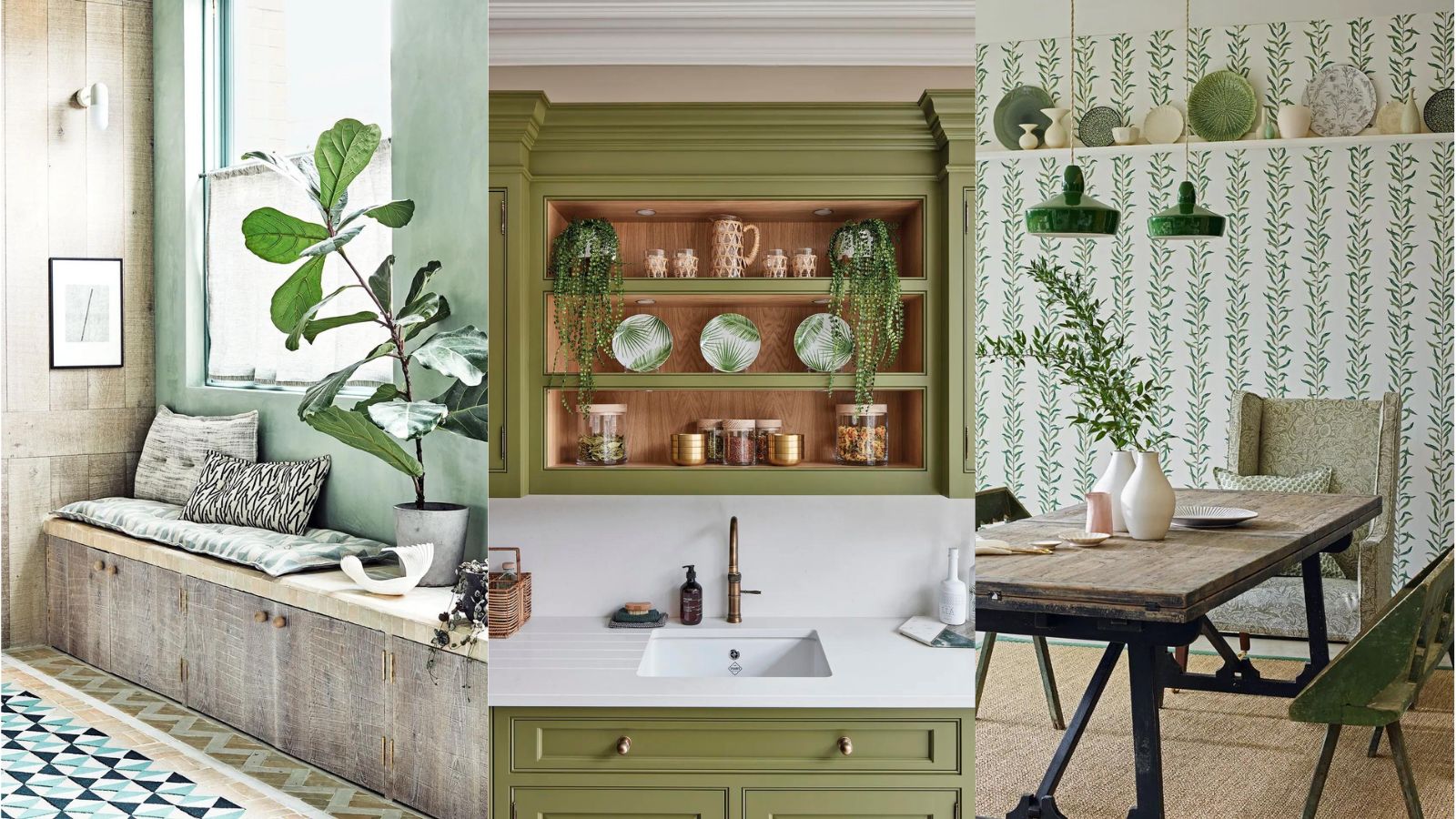

We spend more time at home than ever. More of us work from home than ever before, and some of us prefer relaxing staycations to stressful and expensive trips. But all this additional time spent at home begs the question: is your house as healthy for you and your family as it could be?
Few of us inhabit the perfect home environment. You’ve probably noticed one or two things that are lacking, or perhaps you already have a great home environment and are wondering how to make further improvements.
From cleaner indoor air to eco-friendly home improvements and even improving your emotional well-being with plants, here are the top healthy home upgrades to improve your wellbeing this year and beyond.
Healthy home upgrades
If you are upgrading or renovating your home, consider all of the possible additions we’ve included below, and then think about how your design choices may impact your well-being, both physically and mentally.
Invest in an air purifier
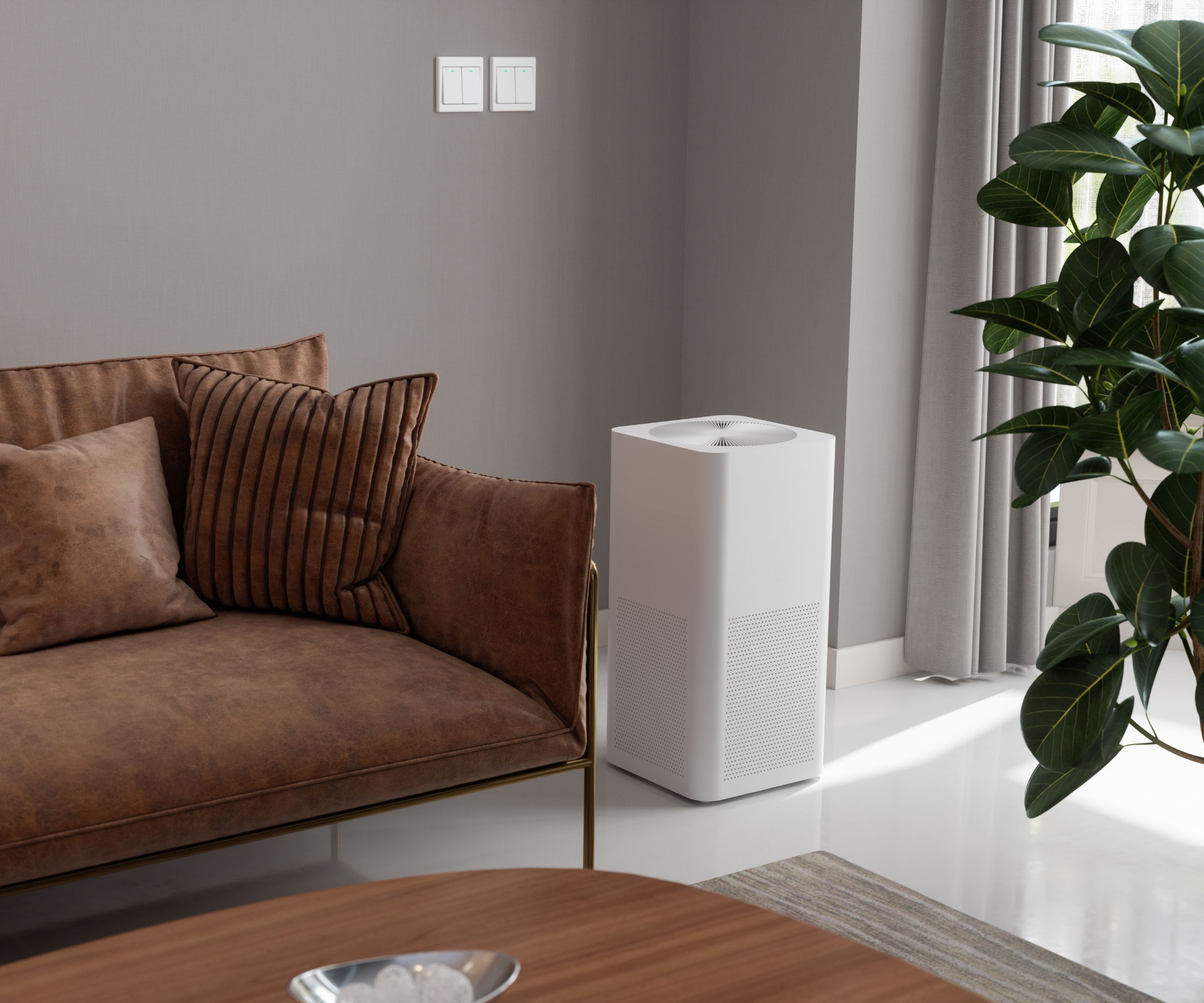
If there’s just one healthy upgrade you make in your home, make it buying an air purifier. According to the United States Environmental Protection Agency, indoor air often has two to five times the concentration of pollutants of outdoor air. That should give anyone pause. Although regular cleaning can help reduce some of the pollution from dust, it won’t do anything about the microparticles lingering in the air you breathe.
Modern air purifiers have multiple layers of filtration that deal with dust, allergens, and microparticles. Drew Mansur, founder of the home renovation company Yabby, says that air purifiers ‘are the best way to remove pollutants and allergens from the air inside your home.’
Remember that air purifiers have a limited range (typically measured in cubic feet), so you will need more than one. As a bare minimum, get an air purifier for each room where you spend a substantial amount of time, e.g. your bedroom, living room, and home office. It’s usually unnecessary to have an air purifier in the kitchen/dining room; also, many air purifiers will struggle with very humid air, which is often the case while you’re cooking.
Consider installing a water filtration system
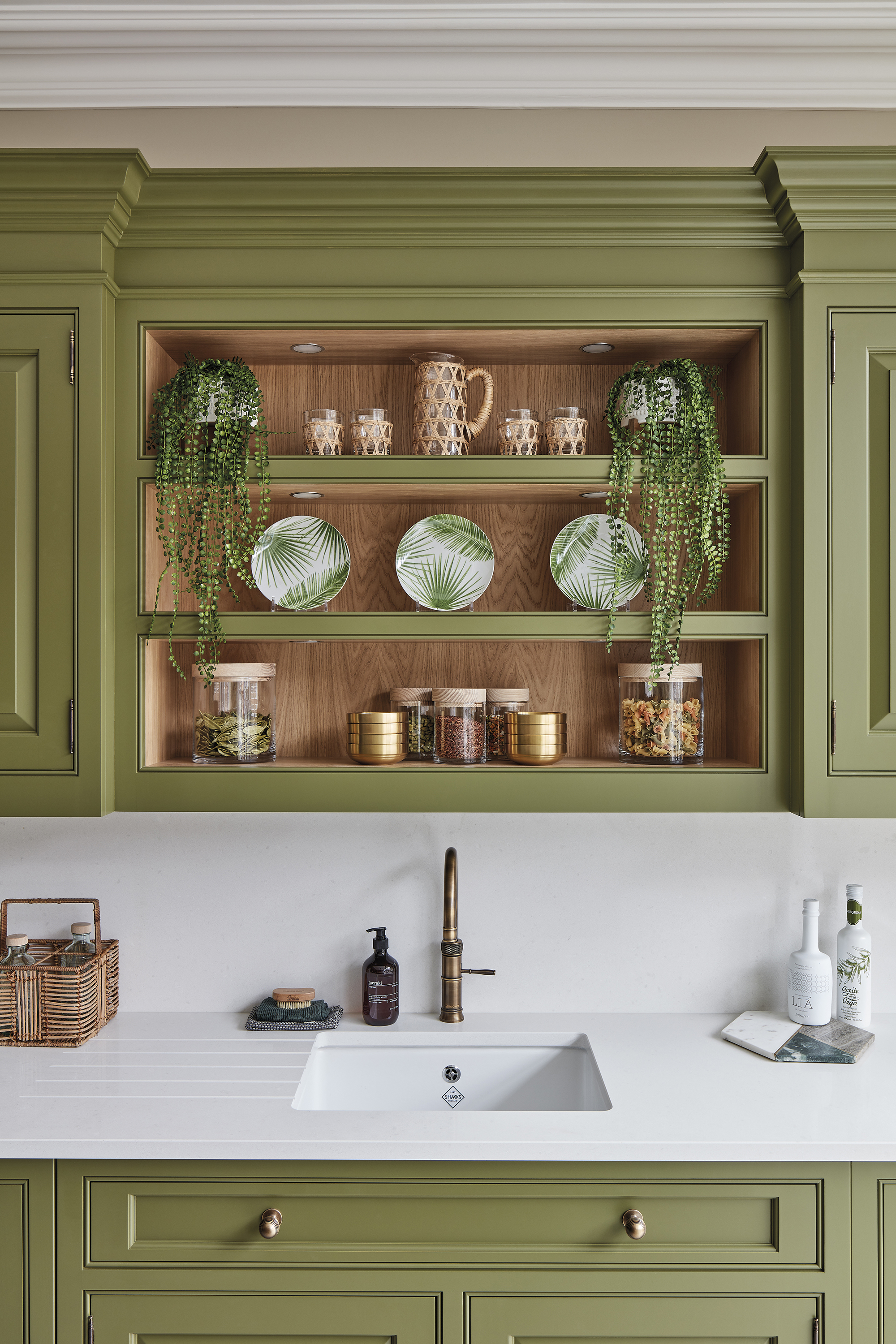
Modern tap water is both a blessing and a bit of a curse. On the one hand, the chemicals that are added to municipal water supplies are necessary to prevent water-borne diseases. On the other hand, depending on where you live, some chemicals that make it into your water supply are contaminants and toxic when consumed over long periods. Some U.S.-based research, for example, found that the levels of toxic chemicals across the US were too high to be safe.
The obvious solution, of course, is to install a water filtration system in your home. Drew Mansur highly recommends investing in a whole-house water filtration system that ‘can guarantee that the water you drink, cook with, and bathe in is free from harmful contaminants.’ There’s another benefit to whole-house water filtration: it prolongs the lifespan of your plumbing fixtures by preventing mineral buildup.
A whole-house water filter is typically installed near the shut-off valve at your property. Whole-house water filters (which can be purchased on Amazon) and range between $100 and $1,000, depending on size and quality.
If this is too much of a commitment for you right now, it’s at least a good idea to install a water filter on your faucet (such as this affordable filter from Walmart). Portable water filters are also an option, but they require refilling.
Switch to eco-friendly paint
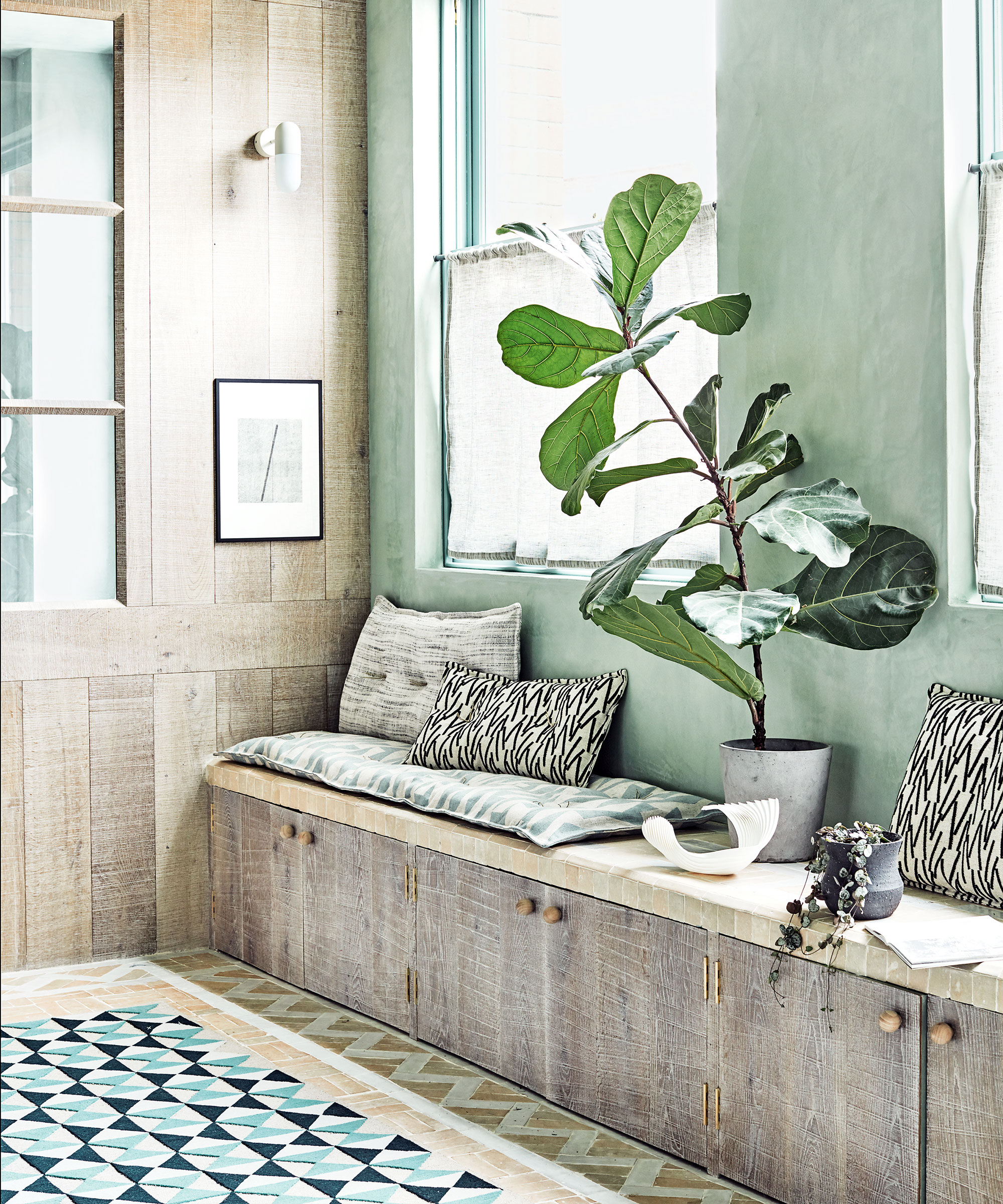
If you’re planning on redecorating your home, then using eco-friendly paint is a must. The best paint brands pride themselves on making paint that is free from toxic chemicals called VOCs (Volatile Organic Compounds) that can be bad for your respiratory system. When choosing paint, look for a ‘‘low-VOC’’ label.
Drew Mansur comments that choosing low-VOC paints 'helps improve the air quality and reduces the chances of allergies and respiratory problems, going a long way towards a healthier living space.'
Pay attention to the materials you bring into your home

The issues don't end at paint, unfortunately. From sofas to mattresses and even carpets, a whole range of home products and furniture items are routinely treated with flame retardants and stain repellents. According to the charity ChemTrust, these chemicals are known endocrine disruptors, which means they could be harmful to our health over time.
Manufacturers have to meet legal requirements to make their products fire-safe. This especially applies to mattresses and couches. However, there are ways to meet the standards without using harsh chemicals. Look for a ‘‘PFAS-free’’ label or an organic certification.
If you can’t find a chemical-free option, or just really like a particular item that has been treated, try to air the item outside (on a covered patio, for example) for at least a week before using it.
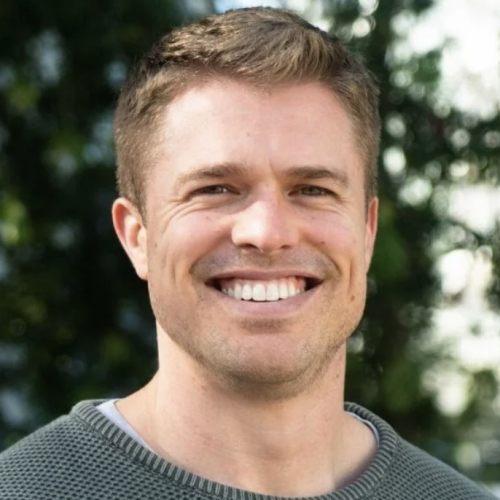
Drew Mansur is the co-founder of Yabby and TileCloud, two companies focused on home renovations. With a background in home improvement, Drew has seen firsthand how certain upgrades can have a massive impact on the health and well-being of those who live there.
Improve your home's ventilation

We’ve already covered the importance of adequate air purification. But what about adequate air ventilation in your home? For many people, purifying the air inside their home presents a conundrum: do you never get fresh air into your house? If you live in a polluted environment (i.e. most urban and suburban areas), leaving the window open will undo all the good your air purifier has done.
The solution? An ERV (Energy Recovery Ventilator) system. It’s good in so many ways that every homeowner should consider it. Daniel Cabrera, an expert in home renovation and Owner and Founder of Sell My House Fast SA TX, explains that ERVs ‘'are effective tools to exchange indoor and outdoor air without wasting temperature and humidity, which results in energy-efficient and healthy homes.’'
An ERV system is installed outside of your house and exchanges the stale air inside of your home for fresh, filtered outdoor air. It regulates both the temperature and humidity of the air coming in, which means that you get to enjoy stable temperature and humidity and fresh air. Temperature stability is especially valuable for keeping your energy bills down, and the stable humidity keeps your home comfortable and healthy without the need fora dehumidifier.
ERVs aren’t cheap, costing on average $1,500, although we’ve spotted a Panasonic model for $449 on Amazon.
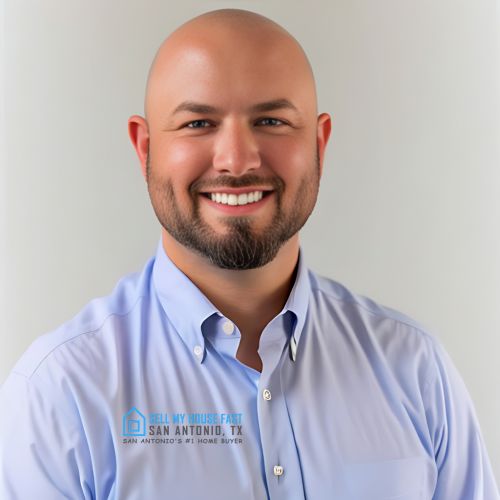
Daniel Cabrera is the Owner and Founder of Sell My House Fast SA TX. With a robust career spanning over 14 years in the real estate sector, he has developed a comprehensive expertise encompassing construction, home building, finance, investment, and portfolio management.
Maximize natural light
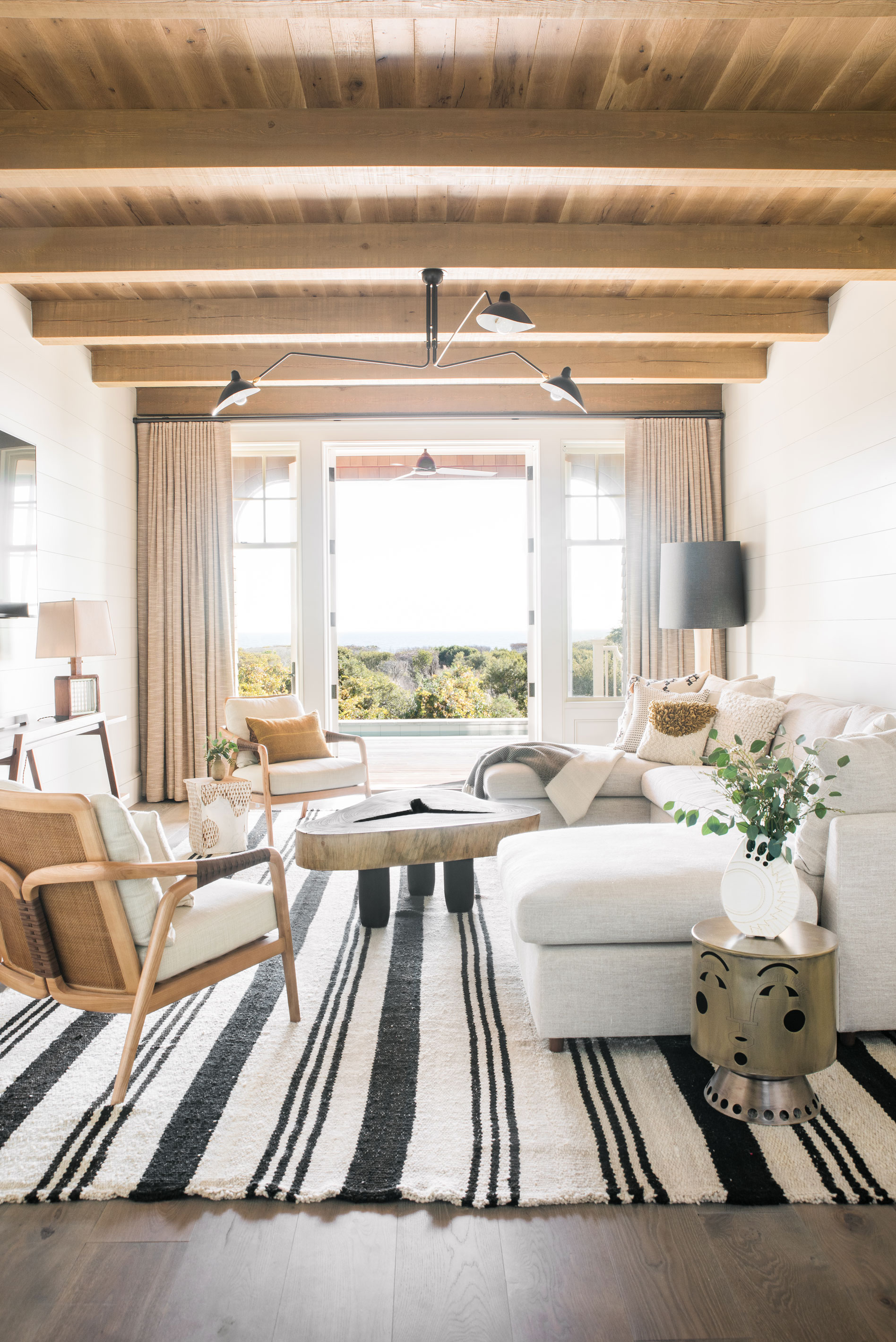
Everyone likes a light and bright home, and there are all sorts of reasons why we naturally prefer bright environments to dark ones. Firstly, though, we need to debunk a myth that’s often promoted online. Natural light while sitting inside your house will not boost your vitamin D levels. For that, you’ll need to get outside, preferably for at least 10 minutes before 10 am or in the evening.
Natural light indoors does have plenty of benefits, though. The most important one is that it helps you sleep better. More is more here: the more natural light you can get, the more relaxed you’ll feel by evening. Natural light is also very important for maintaining healthy vision (unlike the blue light from our screens) and a stable mood.
Of course, in some homes, the lack of natural light is harder to overcome than in others. You can’t get bigger windows unless you remodel your whole house. But you can change the position of your desk and replace heavy curtains with UV-filtering and sheer blinds, such as these EcoHome blinds from Wayfair, for example.
Conversely, your bedroom is the one room in your house that doesn’t need much natural light. Installing blackout blinds or curtains in your bedroom will help you sleep better.
Introduce plants and greenery

Finally, let’s not forget the health-enhancing properties of indoor plants. No, indoor plants probably won’t purify your home - unless you’re prepared to house hundreds upon hundreds of them. But they do have other proven health benefits, including improving concentration, enhancing mood and productivity, and possibly even helping you recover from an illness faster.
Even if there was no scientific backing to these claims, you’ve probably noticed that just being in a room full of plants makes you feel more relaxed, focused, and optimistic. And the beauty of indoor gardening is that it requires very minimal effort.
Holistic home design is a term for interior design that is mindful of your physical and mental health needs. This could mean that you will choose calming colors for decorating or use decor to boost your mood in other ways, such as by creating a separate space for meditating or improving lighting. Find what feels good. Then, your house will truly feel like a home that makes you well every day.
Sign up to the Homes & Gardens newsletter
Design expertise in your inbox – from inspiring decorating ideas and beautiful celebrity homes to practical gardening advice and shopping round-ups.

Anna is a professional writer and academic. She taught English Literature for several years before joining Future where she wrote for Real Homes, Homes & Gardens and Livingetc for four years. She is a regular contributor for Parade Home, BiggerPockets, and many other publications. In her spare time, Anna enjoys hiking and gardening.
-
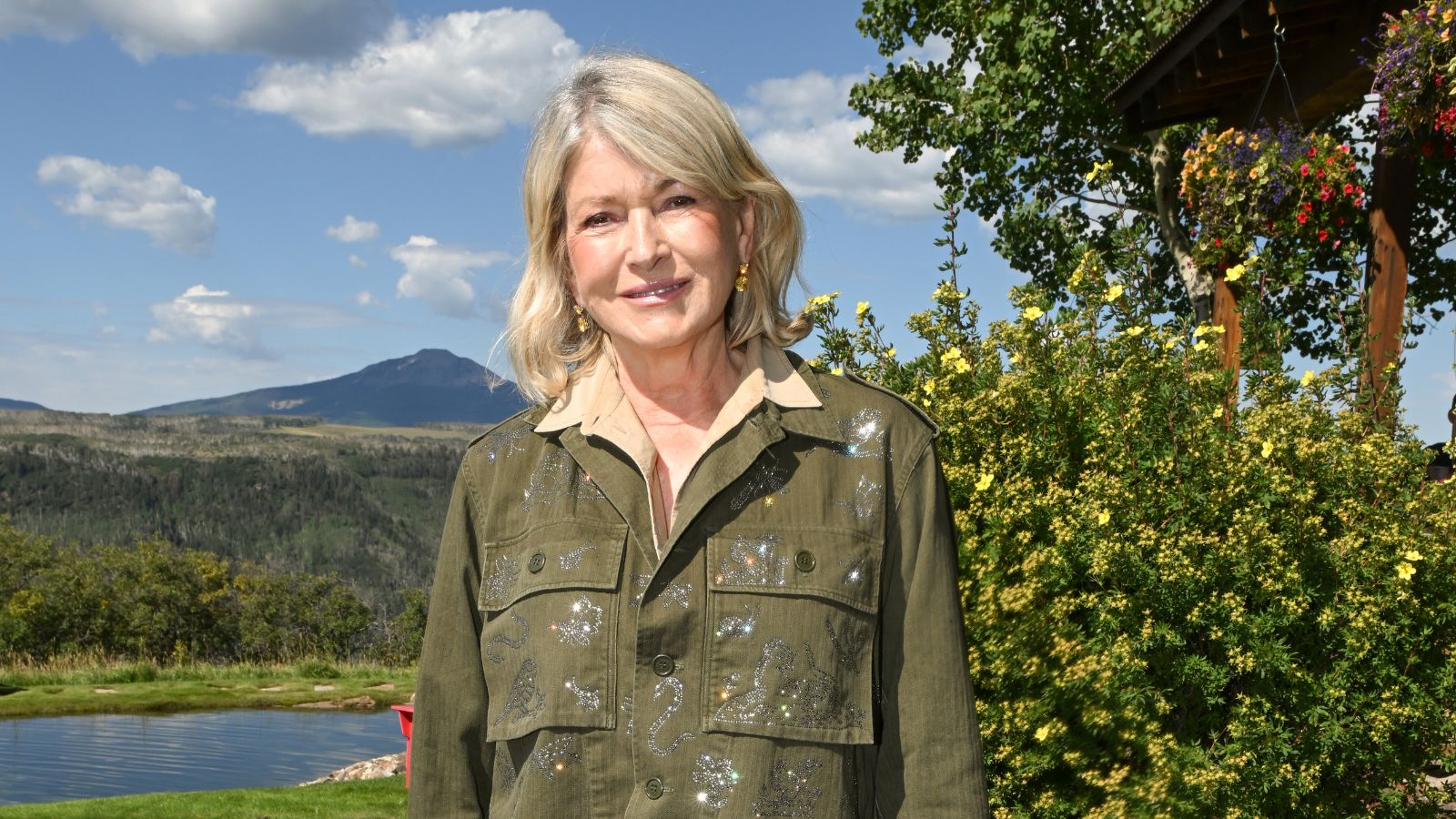 Martha Stewart used this vintage-style pan to make cute bunny cakes for Easter – it's a real heirloom piece (and only $40 now)
Martha Stewart used this vintage-style pan to make cute bunny cakes for Easter – it's a real heirloom piece (and only $40 now)It's not Easter without bunny-themed baked goods, and Martha set a precedent with a novel cake pan – it's American-made and has exceptional durability
By Megan Slack
-
 5 range alcove ideas that turn this awkward feature into the heart of your kitchen
5 range alcove ideas that turn this awkward feature into the heart of your kitchenThese ideas are the perfect way to make a feature of awkward kitchen spaces
By Molly Malsom